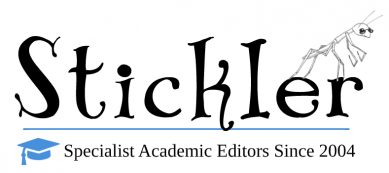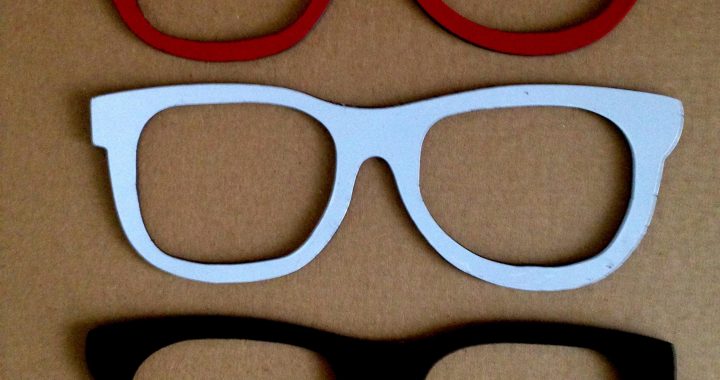Whether you’re writing academic papers or completing your thesis or dissertation, you’ve probably come across the topic of plagiarism at some point in your writing career. Plagiarism is a big deal, especially in academia—so much so that nearly every educational institute in the world has a policy regarding plagiarism, and often one that involves serious consequences for those who commit it.
Plagiarism, as defined by the New Webster’s Encyclopedic Dictionary of the English Language, is “the unauthorized use of the language and thoughts of another author and the representation of them as one’s own” (508).
6 Types of Plagiarism
There are six distinct types of plagiarism that cover the unauthorized use of ideas and words in different mediums and formats. Gaining a better understanding of these different forms of plagiarism can help you know how to spot them and avoid using them in your own writing.
Verbatim Plagiarism—Copying and pasting another author’s words without giving them the proper credit.
Mosaic Plagiarism—Mixing one’s own words with those of an uncredited source.
Paraphrasing—Restating someone else’s ideas in your own words.
Self Plagiarism—Using your own ideas or words as a source, which, while not a form of theft per se, is a form of dishonesty and still equates to plagiarism.
Cyber Plagiarism—Using a downloaded version of an author’s article or publication and not citing it properly.
Image Plagiarism—Using an image or video without first receiving permission.
How to Avoid Plagiarism
Plagiarism should be avoided at all costs. Not only is it dishonest and a form of theft, it can lead to serious consequences for your academic or professional career. Many institutes and publications have a zero-tolerance policy on plagiarism and will not give you a second chance if you’re caught out. Plagiarism can also ruin your reputation as a credible and trustworthy writer and researcher. Sounds scary, but with some due diligence and attention to detail, you can easily avoid the pitfalls. Here are some of the golden rules.
Learn how to quote and paraphrase correctly—You can usually use as many sources and words from other authors as makes sense for your work, as long as you know how to quote and paraphrase them in the right way. This means always making it clear in your writing that the ideas you’re using are not yours.
Always cite your sources—Citations are how you give credit to other authors’ ideas and thoughts. But citing your sources isn’t enough to avoid plagiarism by itself; you also have to do so correctly. This means following one of the several citation formats that aligns with your discipline. MLA, APA, Harvard, and Chicago are a few popular ones. If you’re not sure which system you should be following, check with your school or the journal you’re planning to submit to.
Get your work checked—One of our jobs as professional editors is to check that all necessary citations are present, adequate, and correctly styled. We can also run plagiarism checks using dedicated software that checks your work against a database of academic sources, highlights any potential issues, and notes the potentially plagiarized documents, making it easy to address the problems as needed.
For more on this topic, check out our August 2016 article, “What’s Mine Is Mine, What’s Yours Is Mine”: A Quick Reminder about Plagiarism.

